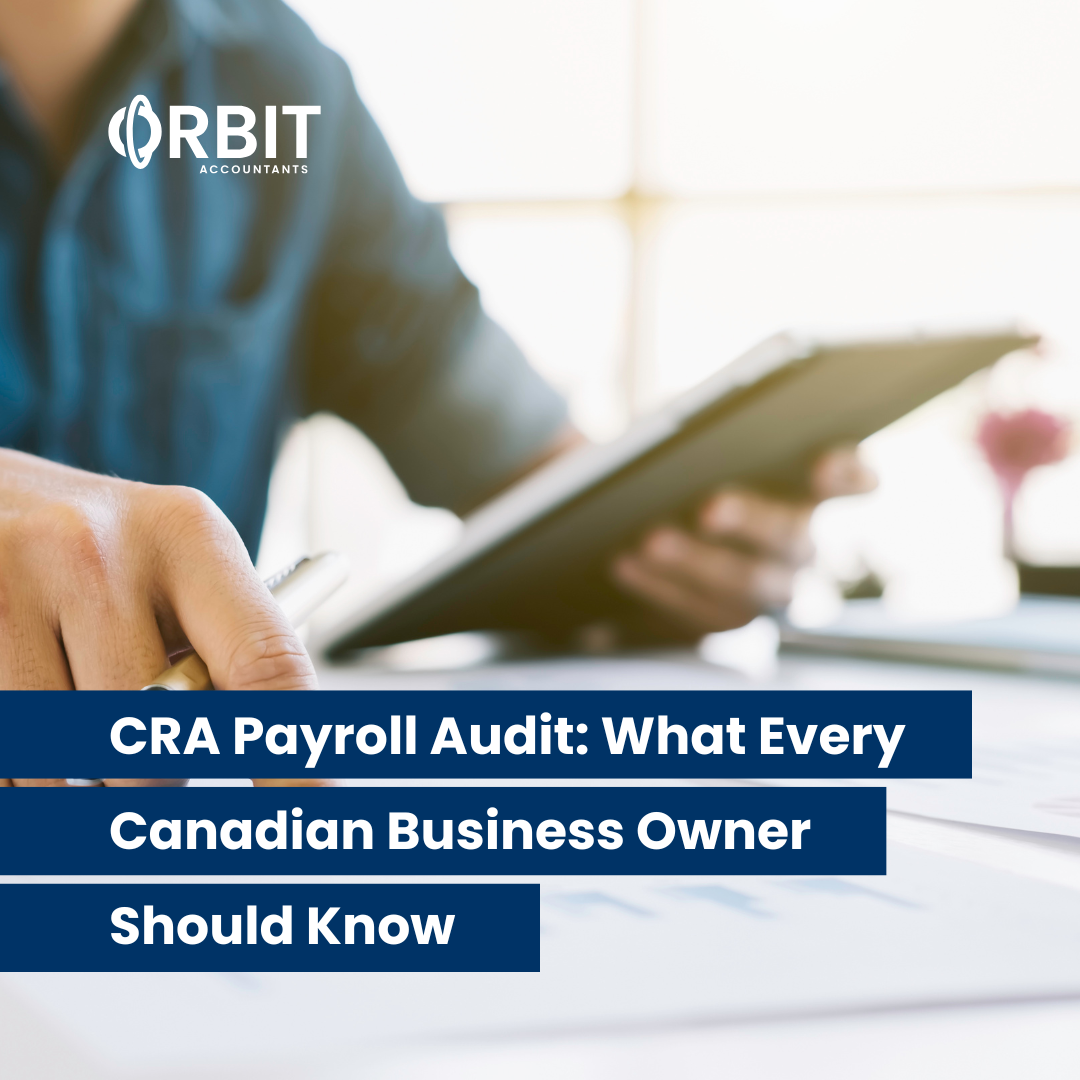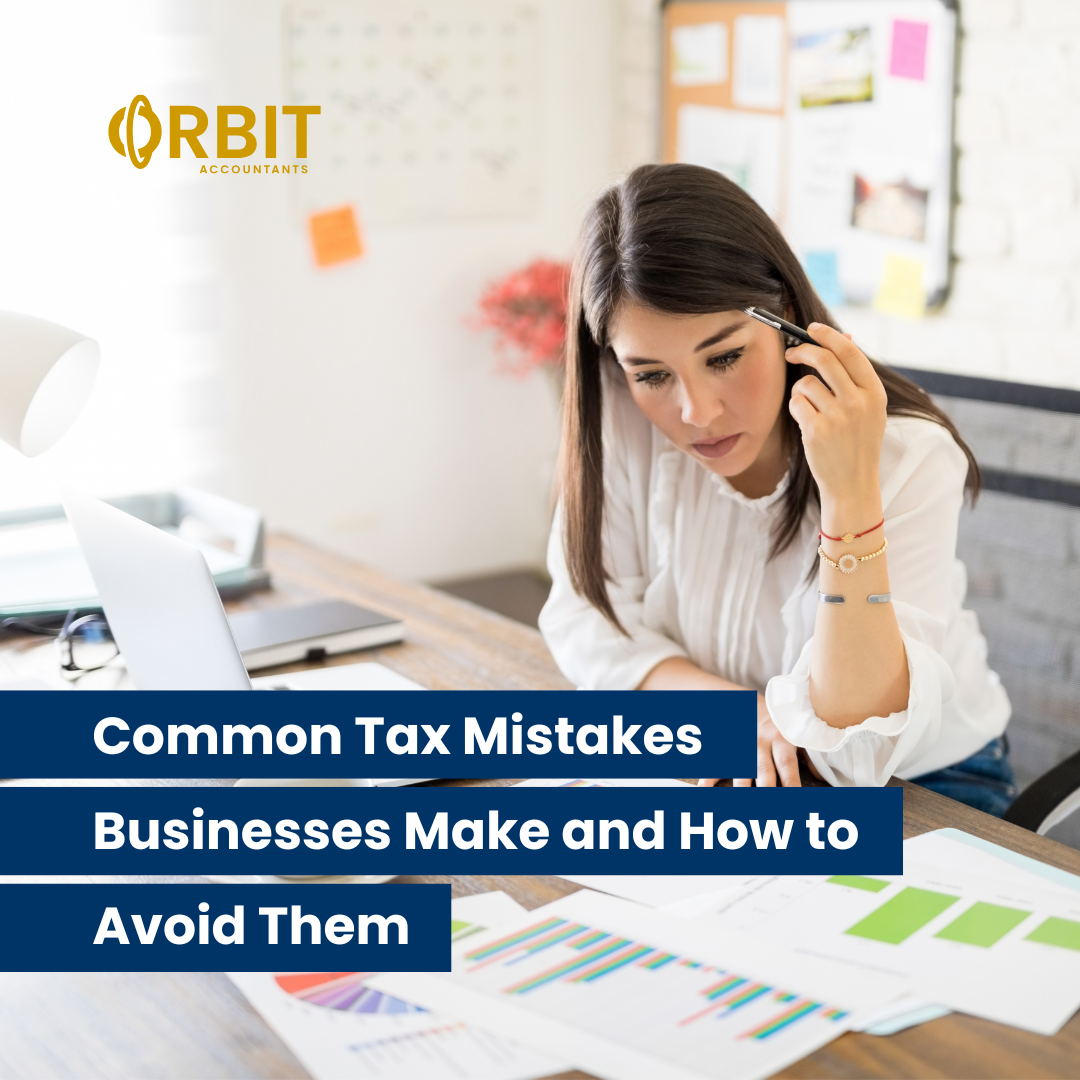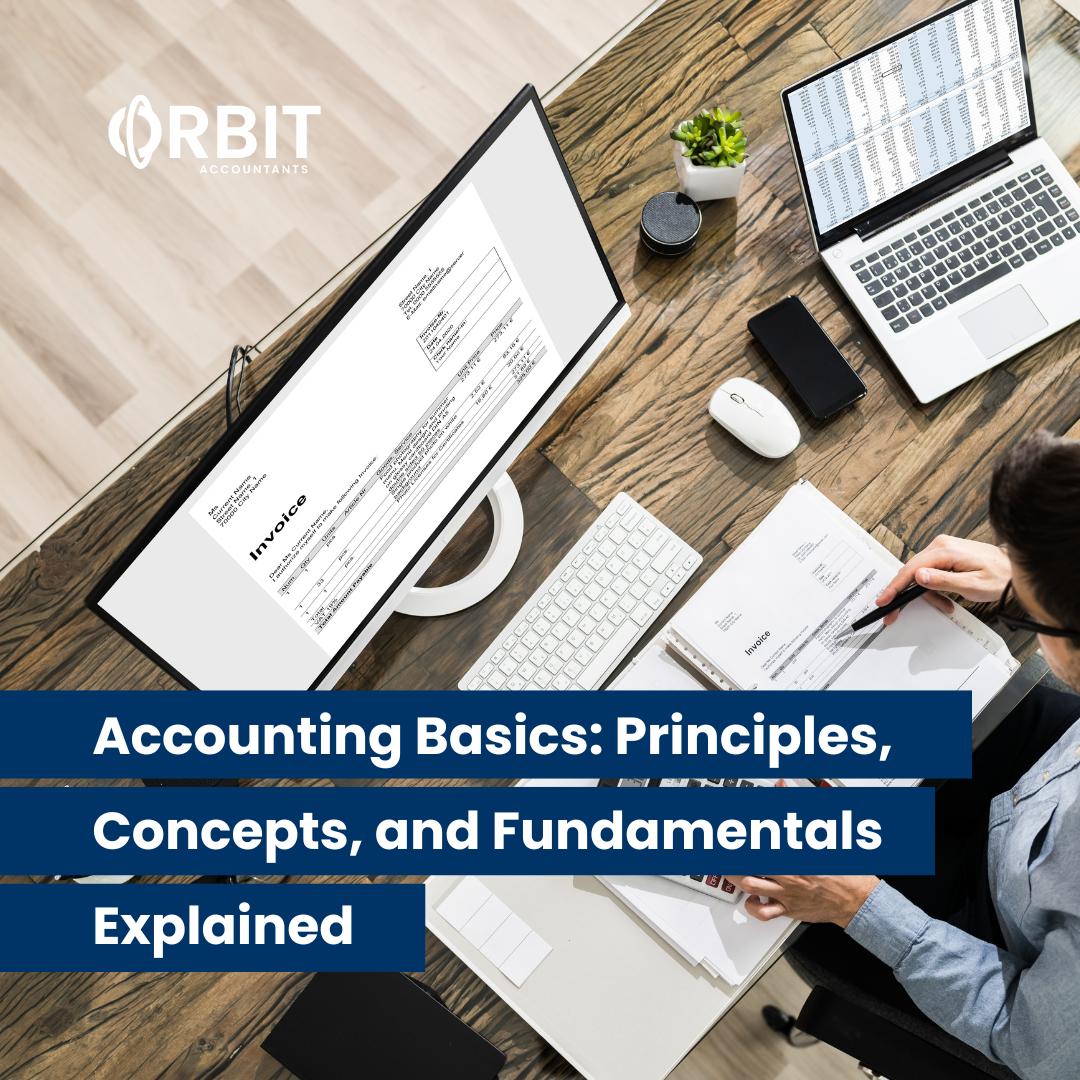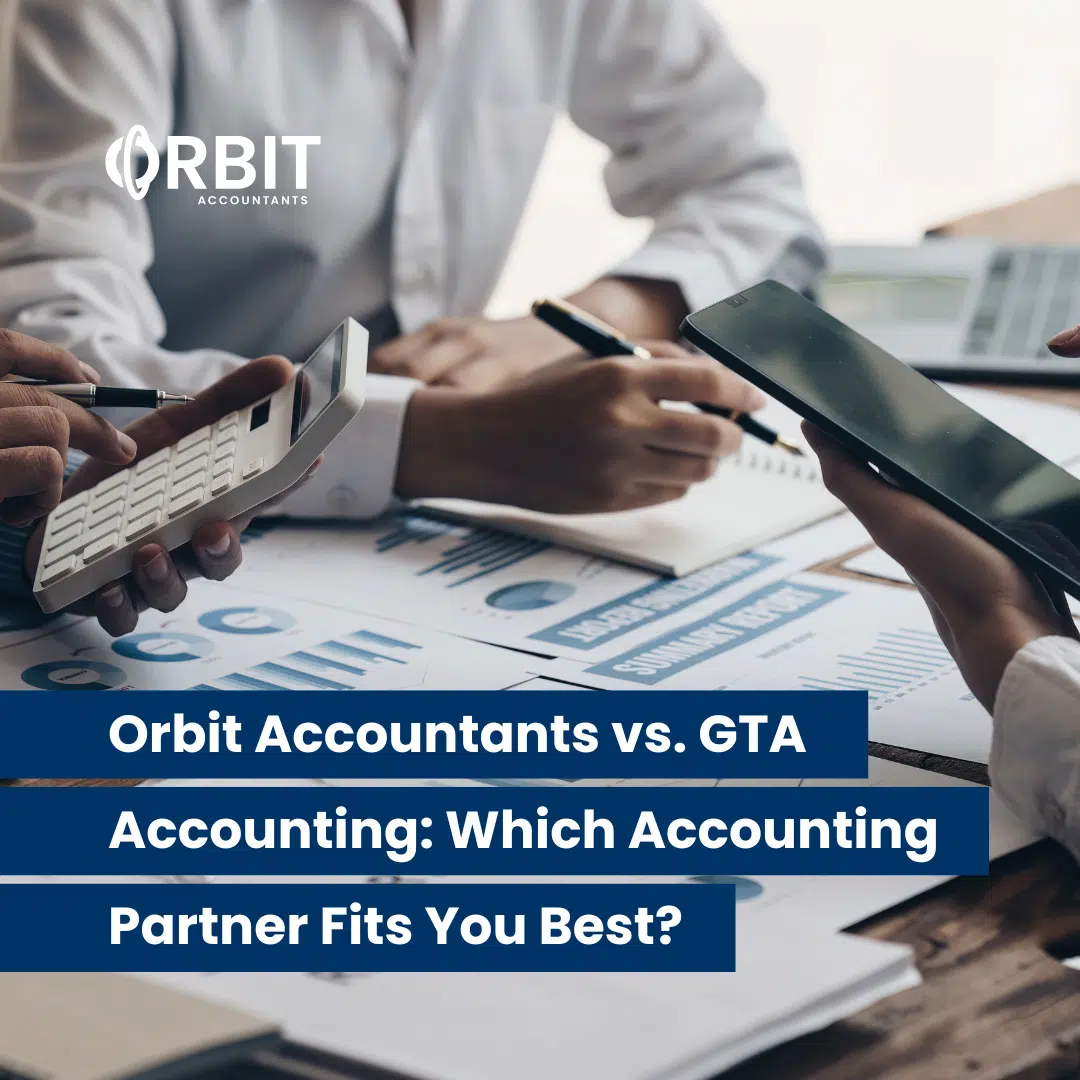
If you run a business in Canada and have employees, one of your big responsibilities is managing payroll the right way.
Now, managing payroll means paying your team correctly. It also means making proper deductions for income tax, Canada Pension Plan (CPP), and Employment Insurance (EI), alongside sending those payments to the Canada Revenue Agency (CRA).
Sometimes, the CRA may want to double-check your payroll records. This is called a payroll audit. It helps the CRA make sure that businesses are following the payroll rules correctly. To help you get deeper insights on CRA payroll audit, in this blog, we will be explaining every aspect in detail, including what can trigger the CRA payroll audit and what to expect, among others.
Table of Contents
What is a Payroll Audit
A payroll audit is a detailed check of your business’s payroll system. The main purpose is to make sure that you are paying your employees correctly and following all payroll-related laws.
The audit covers whether you are calculating employee pay properly and whether the payments to the CRA are made on time, among others. In Canada, payroll audits are often conducted by the Canada Revenue Agency (CRA) to make sure your business complies with tax laws.
What Triggers a CRA Payroll Audit?
Several reasons may trigger a CRA payroll audit, and here are some of them:
- Employee complaints:
If an employee complains to CRA about incorrect deductions, it could trigger an audit. - Late or missed remittances:
If you don’t send CPP, EI, or tax payments on time, it raises red flags. - Unusual deductions:
If your tax filings have deductions that don’t match your industry norms, then the CRA might want to check. - Mismatch in records:
If there is a difference between what you report on T4s and what the CRA sees from other sources. - Random audits:
Sometimes, the CRA selects businesses randomly to ensure everyone follows the rules.
These triggers are used as part of both targeted and random selection methods by CRA during a payroll tax audit.
Is your current payroll process efficient and compliant with CRA requirements?
What you should know about audits
The purpose of a payroll audit is to ensure that your business is handling payroll accurately and legally. The CRA checks if you’re making the correct deductions for CPP, EI, and income tax, and if you are submitting these payments on time.
They also review how you classify your workers. For instance, whether as employees or independent contractors. This is important because wrong classification can lead to underpayment of taxes. A payroll compliance audit is meant to catch errors before they become big issues.
How does the CRA choose a file for an audit?
The CRA generally uses a number of methods to decide which businesses should go through a CRA payroll audit. Sometimes, they select businesses randomly just to make sure everyone is following the rules.
In other cases, they choose based on specific triggers such as missed or late remittances or even if there are complaints from employees. If your business has mismatches between what you report and what others report to CRA, your business may be flagged.
Common Issues Found in Payroll Audits
During a payroll audit, CRA often finds similar mistakes across many businesses.
One major issue is misclassifying employees as contractors, which results in skipped deductions. Another is failing to deduct or remit the correct amounts for CPP, EI, and income tax. Businesses also make errors in their T4 slips or don’t send them at all. In some cases, companies have incomplete or missing payroll records.
By understanding these common issues, businesses can take steps to fix their payroll system before the CRA marks their mistakes during a payroll tax audit.
Key Steps to Prepare for a Payroll Audit
Below, you will find the core key steps to prepare well for a CRA payroll audit:
| Key Steps | Details to Prepare |
| Organize your records | Keep all payroll documents like T4s, timesheets, pay stubs, contracts, and remittance receipts in order. |
| Check employee classifications | Make sure you have correctly identified and classified each worker as an employee or an individual contractor. |
| Reconcile your numbers | Double-check your remittances and ensure that they match the amounts on employee pay records. |
| Conduct an internal audit | Always make sure to conduct an internal audit to review your own payroll processes and catch issues early. |
| Assign a point of contact (POC) | Assign someone from your team to be the point of contact with the CRA and provide all the necessary documents. |
Remember that by staying organized and prepared before the time, you can handle the payroll compliance audit much more easily!
How long does it take to do an audit?
The time it takes to complete a CRA payroll audit depends on quite a few factors. For small businesses with well-organized records, it may only take a few days. But if your payroll records are complex or missing important details, it could take several weeks. Timely cooperation and keeping your records organized can help speed up the process.
Conclusion
A CRA payroll audit may seem scary, but it’s just a way for CRA to ensure businesses are carrying out the process of payroll correctly. If you are careful with your records, you don’t need to worry about the audits.
And now, if you are looking for a professional to help you with payroll management to avoid penalties through payroll audits, then Orbit Accountants is the right name for you! With our expert payroll management services, we ensure your payroll is always aligned with CRA regulations, providing peace of mind and eliminating the risk of costly errors. Book a free consultation with us today!
Frequently Asked Questions
Why do a payroll audit?
A payroll audit is done to check if you’re following payroll laws. Moreover, it helps find payroll errors, fix issues early, and keep your business in good standing with the CRA.
How does the CRA choose which businesses to audit?
CRA selects businesses based on several factors, like employee complaints, mismatched records, or random selection. They use both risk-based and random review methods to choose which businesses need to be audited.
What documents are required for a CRA payroll audit?
Ideally, you will need payroll registers, employee contracts, pay stubs, T4 slips, timesheets, remittance proof for CPP, EI, and income tax, and any other payroll-related documents.
What happens if the CRA finds payroll discrepancies?
If discrepancies are found, CRA may ask you to pay the difference, add penalties, and charge interest. In serious cases, they may also do further investigations.
What is a payroll checklist?
A payroll checklist is a simple list of tasks you should do when processing payroll. It includes calculating hours, deducting the right amounts, and sending remittances, among other factors.
Who audits payroll?
CRA auditors, who are trained tax professionals, typically conduct payroll tax audits. They review your records, ask for documents, and make sure you are following payroll laws.










